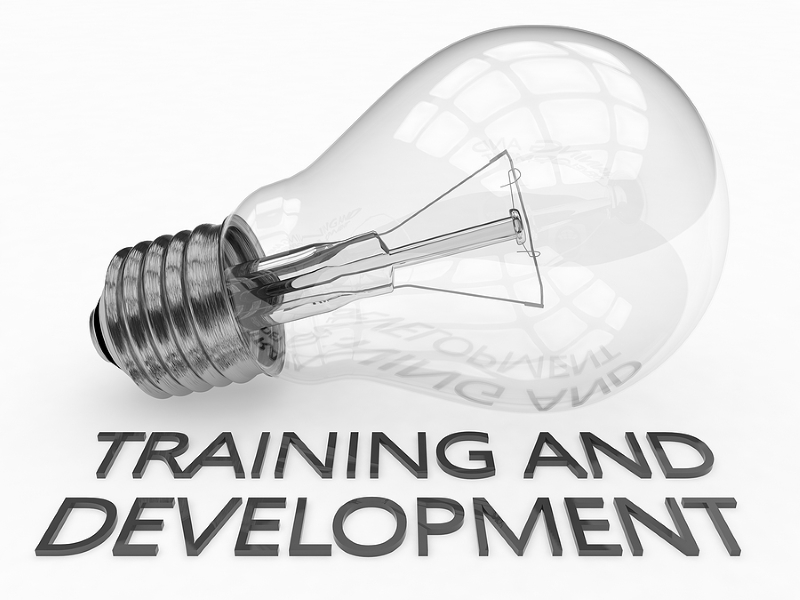Making an investment in professional development training is a smart career choice, but as with any investment, you need to do your research and follow through to ensure your time and money are well spent. Even if (or maybe especially if) your organization is paying for the training, it’s critical to ensure that there is a return on the investment of time, money, and energy.

Committing to learning does not start or stop at clicking “register now.” There is considerable work that should go into choosing the course that is right for you and your goals. You’ll need to be an active learner to get the most out of the course you commit to, then, follow through and apply what you learn to see the full value. While there are many ways to ensure you get the most out of professional development investments, here are five key actions that will ensure ROL — return on learning.
- Set a clear goal. What are you looking to get out of the training? Is it a particular certification or skill? Is it helping to solve a specific challenge at your organization? Perhaps the value of the training is more in the connections and networking it affords you than in the content. Going in with a clear goal will help you prioritize where to focus your learning and activity.
- Understand your learning style. Ensure the training matches how you learn best. Some people thrive on self-paced, asynchronous learning and will meet their goals with online courses. Others need the direction of an in-person, teacher-led class.
Find out how much of the course includes collaboration with fellow students. Will that match your own need to apply lessons as a way of retaining information? - Ask for feedback. Engage with instructors to get feedback on your tactical efforts — ask them what you are doing right or wrong in the course exercises or tests. Talk to them as well about your thought process to ensure that the way you are approaching problem-solving, and activities is in line with best practices.
- Stay connected. Once you complete the course, find ways to stay connected with your instructors and classmates. This can be as simple as getting in touch with them on LinkedIn or sending them follow requests on other social media platforms. Other possibilities include periodic check-ins over coffee or through Zoom gatherings. Professional training can also open up opportunities to form ongoing mentorships which can extend your learning far beyond the course.
- Offer to share the wealth. Following your training, offer to share key takeaways with your leadership and team. This could be as simple as an email in bullet-point form or as complex as an interactive meeting where you detail what you learned. Having the end goal of sharing what you learned will keep you more focused on the content, and repeating your key takeaways from the course will help you retain them. Making this offer may also make it easier to get reimbursement from your organization.
The continued introduction of artificial intelligence and other automation tools will drive the need for upskilling as job functions change. Even if continuing education and training has never been a part of your professional career, you’ll likely be asked to or need to engage in professional development in the coming months or years. Making sure the course you choose is right for you, and that you can easily (and happily) apply the lessons you learn, is critical to staying competitive in today’s job market.
As the founder of GovEvents and GovWhitePapers, Kerry is on a mission to help businesses interact with, evolve, and serve the government. With 25+ years of experience in the information technology and government industries, Kerry drives the overall strategy and oversees operations for both companies. She has also served in executive marketing roles at a number of government IT providers.





Leave a Reply
You must be logged in to post a comment.